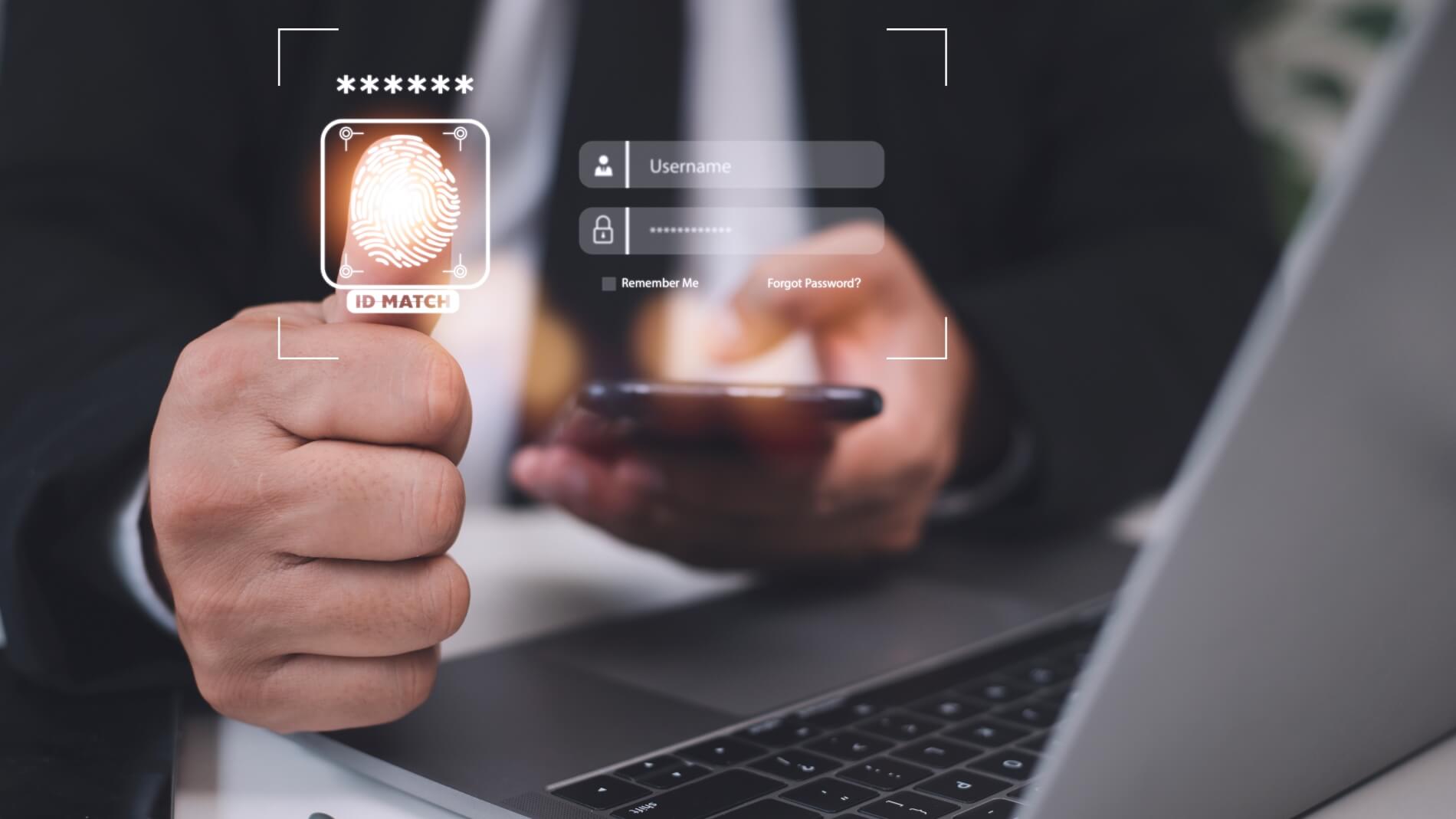
Identity theft is a growing and increasingly sophisticated crime in 2025, affecting millions of individuals every year. In its simplest form, identity theft occurs when a fraudster uses another person’s confidential information—such as their name, address, date of birth, and other sensitive data—to impersonate them. This impersonation can result in unauthorised financial transactions, the opening of bank accounts or credit cards in the victim’s name, and even the misappropriation of government benefits. The impact of identity theft can be devastating, with victims facing significant financial losses, long-term damage to their credit scores, and a lengthy, complex process to restore their financial reputation.
Identity theft involves the unauthorised use of someone’s personal data to commit fraud. This crime is not limited to financial fraud; it can also extend to other forms of misrepresentation, including applying for loans, registering for services, or even engaging in criminal activity under another person’s identity. In 2025, with its wealth of online transactions, social media profiles, and data breaches—it has created an environment where personal information is increasingly vulnerable.
Fraudsters have a range of techniques at their disposal to steal personal information. Some of the most common methods include:
Once they have obtained this data, fraudsters can commit various forms of identity fraud. They may open new credit lines, make unauthorised purchases, or even commit further crimes under the victim’s name.


Recent data highlight the alarming scale and financial impact of identity theft in the UK. According to figures, an estimated 4.7 million people in the UK were victims of identity theft. The total cost of identity theft in the country is estimated to be around £1.8 billion annually, with the average financial loss per victim coming to approximately £383.
These figures are expected to rise as fraudsters refine their techniques and exploit new vulnerabilities. With increasing instances of data breaches and the expansion of online services, the pool of personal data available to fraudsters is larger than ever. This trend underscores the urgent need for robust identity protection measures for both individuals and businesses.
The consequences of identity theft extend far beyond the immediate financial loss. The aftermath of being duped can be both emotionally and financially taxing.
The ripple effects of identity theft are not confined to individual victims. Widespread identity scams can lead to:
Given the serious consequences of identity theft, prevention is essential. Below are some comprehensive strategies and best practices to help protect your personal information:
Despite taking all necessary precautions, identity theft can still occur. If you suspect that your identity has been compromised, prompt action is crucial to mitigate the damage:
Report the Scam:
Contact your local police and report the incident as soon as possible. In addition, notify Action Fraud by calling 0300 123 2040 or visiting www.actionfraud.police.uk. Early reporting can significantly increase the chances of recovering your lost funds and preventing further misuse of your identity.
Notify Your Bank and Financial Institutions:
Inform your bank immediately so they can monitor your accounts for any unauthorised activity and help prevent further fraud.
Place a Fraud Alert:
Contact the major credit bureaus—Experian, Equifax, and TransUnion—to place a fraud alert on your credit report. This alert notifies potential creditors to verify your identity before extending any credit.
Change Your Passwords:
Immediately update the passwords for your online accounts, particularly those related to financial services. Consider using a password manager for enhanced security.
Document Everything:
Keep a detailed record of all communications, transactions, and reports related to the scam. This documentation will be essential for any investigations or legal proceedings.
Seek Professional Advice:
Consider consulting with a financial counsellor or legal advisor who specialises in identity theft cases. They can offer guidance on managing the recovery process and protecting your rights.
Identity theft is not an isolated issue but part of a broader trend of fraud that affects both individuals and organisations. In recent years, there has been a surge in data breaches and online scams, creating a fertile environment for fraudsters. Regulatory bodies and industry leaders continue to work towards enhancing data protection measures and raising public awareness.
Enhanced Data Protection:
The implementation of the General Data Protection Regulation (GDPR) has forced businesses to adopt stricter data security practices. Organisations are now held to higher standards when it comes to protecting personal information.
Increased Funding:
The UK government and financial institutions have significantly increased investments in cybersecurity infrastructure. This includes developing advanced fraud detection systems that utilise artificial intelligence and machine learning to identify suspicious activity in real-time.
Public Awareness Campaigns:
Campaigns led by organisations such as Action Fraud and UK Finance aim to educate the public on the latest scams and provide tips for protecting personal information. These initiatives are crucial in helping consumers stay informed about evolving fraud tactics.
Identity theft remains a critical issue in 2025, with millions of individuals affected annually and an estimated annual cost of £1.8 billion to the economy. The damage inflicted by identity theft can be extensive, impacting your financial stability, creditworthiness, and overall peace of mind.
By understanding how identity theft occurs and recognising the various tactics employed by fraudsters, you can take proactive steps to protect your personal information. Implementing robust security measures, staying informed about the latest scam trends, and monitoring your financial accounts regularly are all vital strategies in preventing identity theft.
Should you fall victim to identity theft, acting quickly is essential. Reporting the scam, alerting your bank, and placing fraud alerts on your credit reports can help minimise the damage and aid in recovery. Moreover, educating yourself and those around you about the risks and preventive measures can contribute to a safer digital environment for everyone.
April 20, 2024
No defence system can offer complete invulnerability, especially in the case of identity theft. When our personal information is compromised, it can perpetuate indefinitely across the shadowy corridors of the…
March 4, 2025
Mamta Saini, a 27-year-old property professional, was nearly the victim of a cruel property scam. One day, she was sitting at home when an excited young couple knocked on her…
November 21, 2023
Recent reports from multinational data analytics and consumer credit reporting company Experian reveal a worrying trend in the UK’s financial landscape. In 2023, fraudulent credit card applications saw a significant spike, increasing…
Watch Your Pocket is a team of experts dedicated to raising fraud awareness and equipping individuals with the knowledge and tools they need to protect themselves.